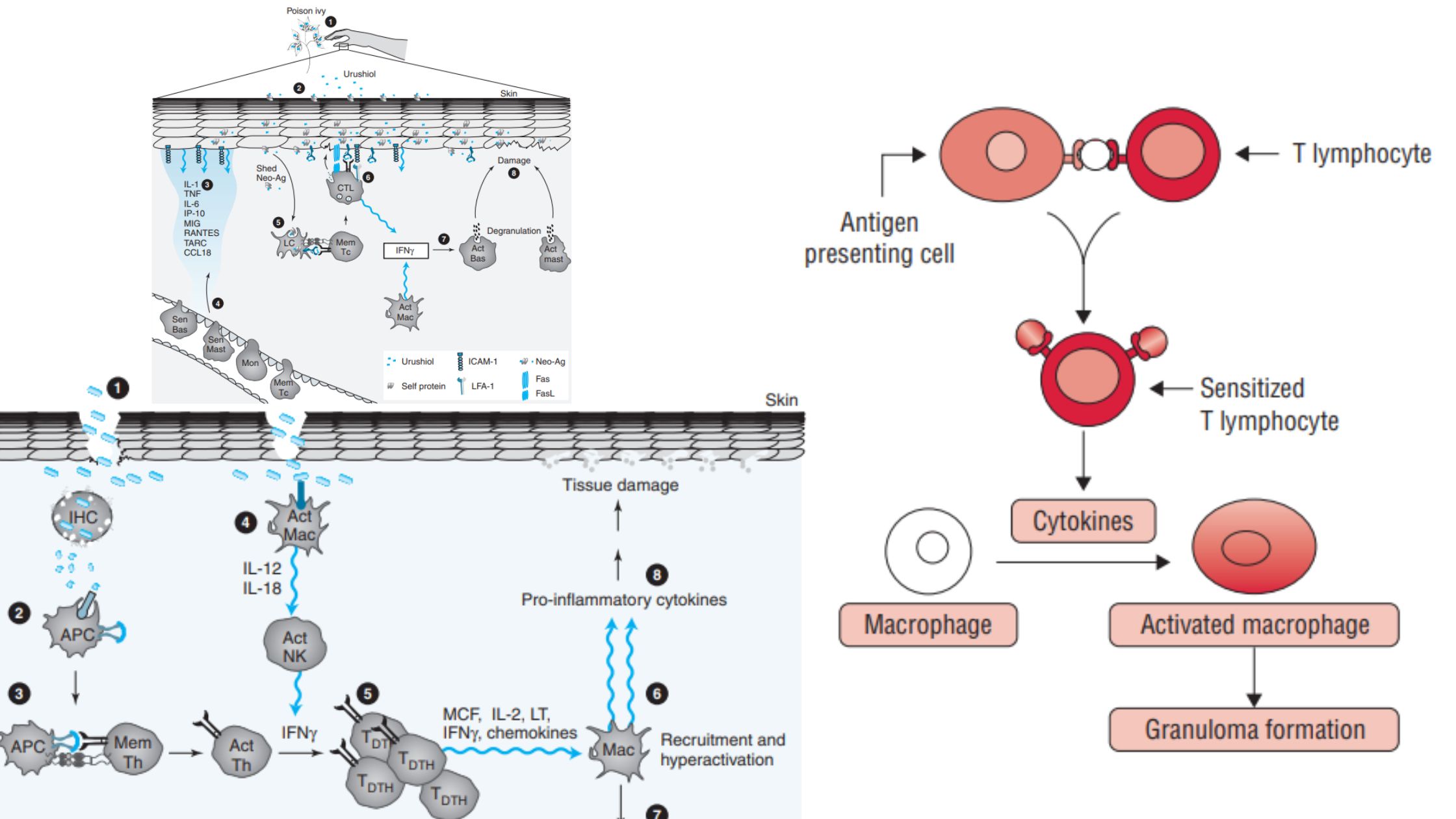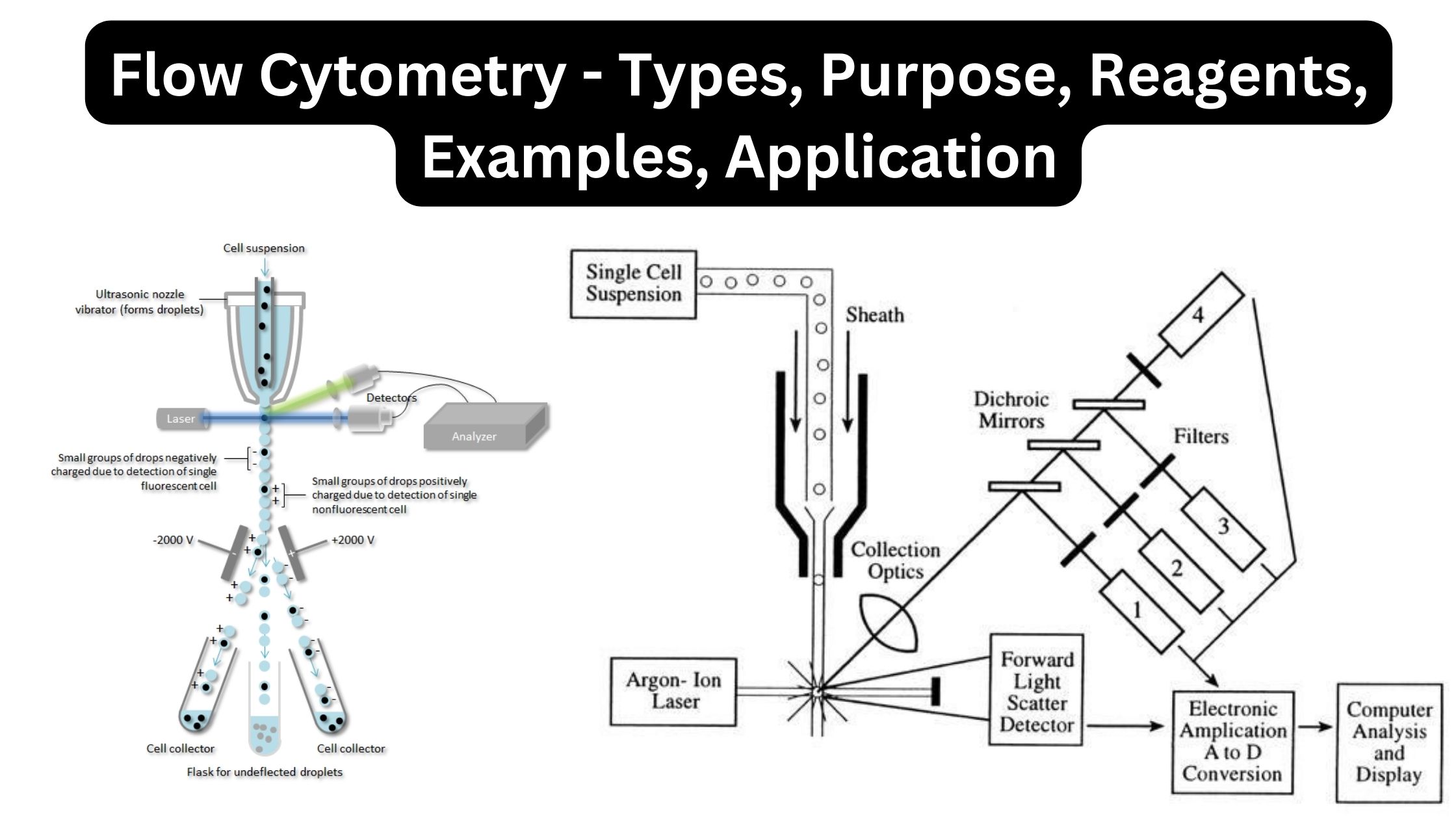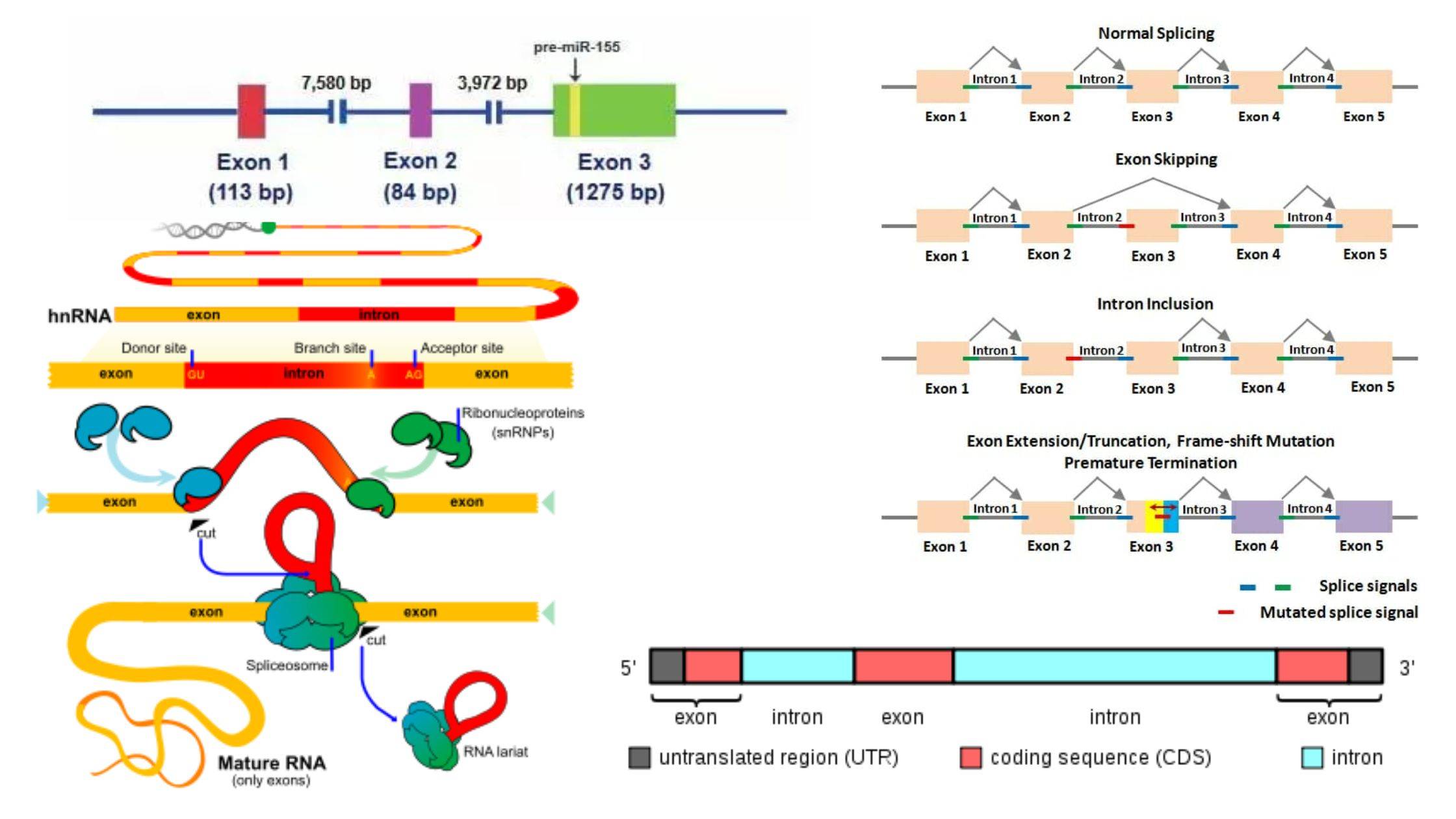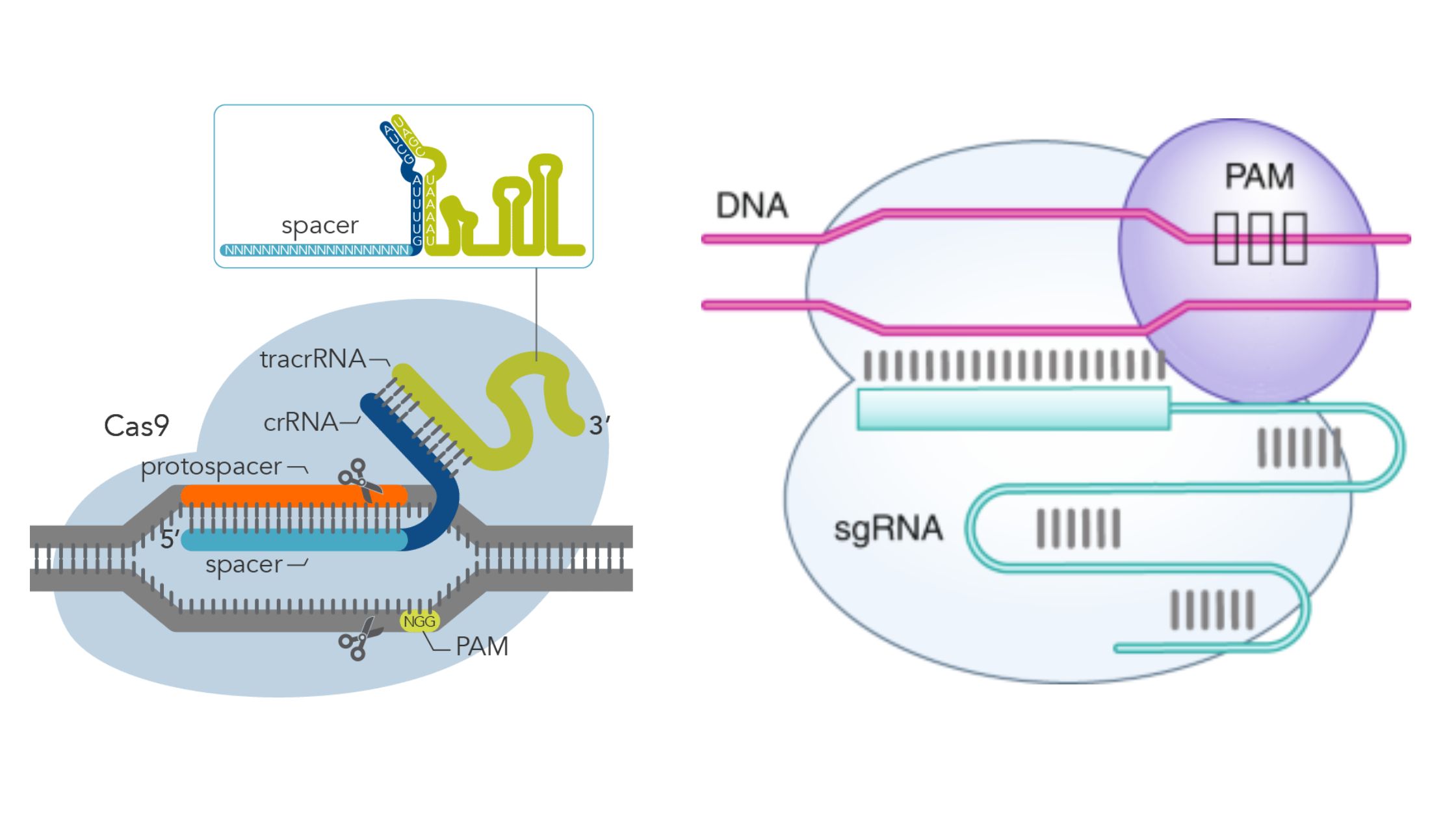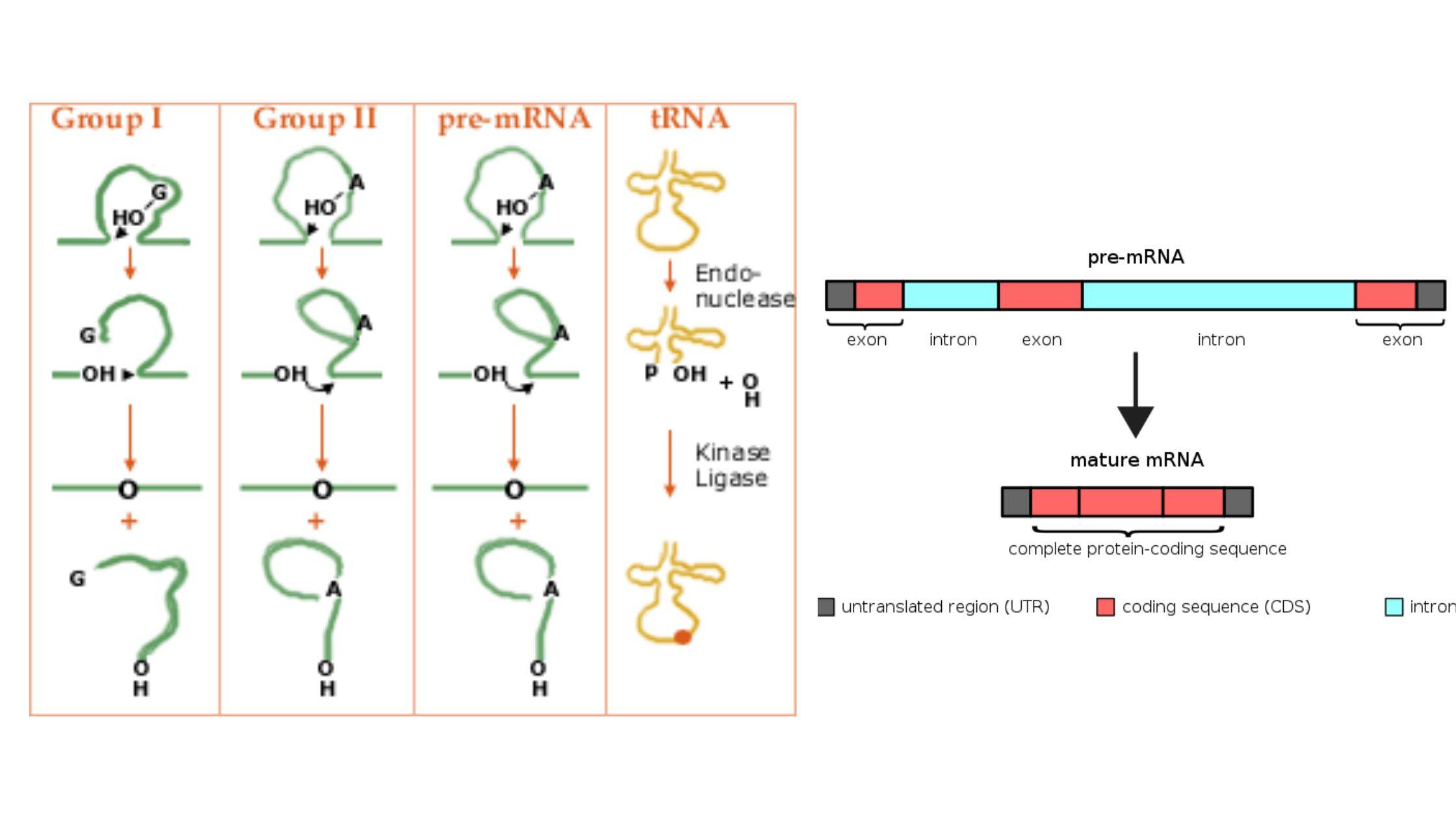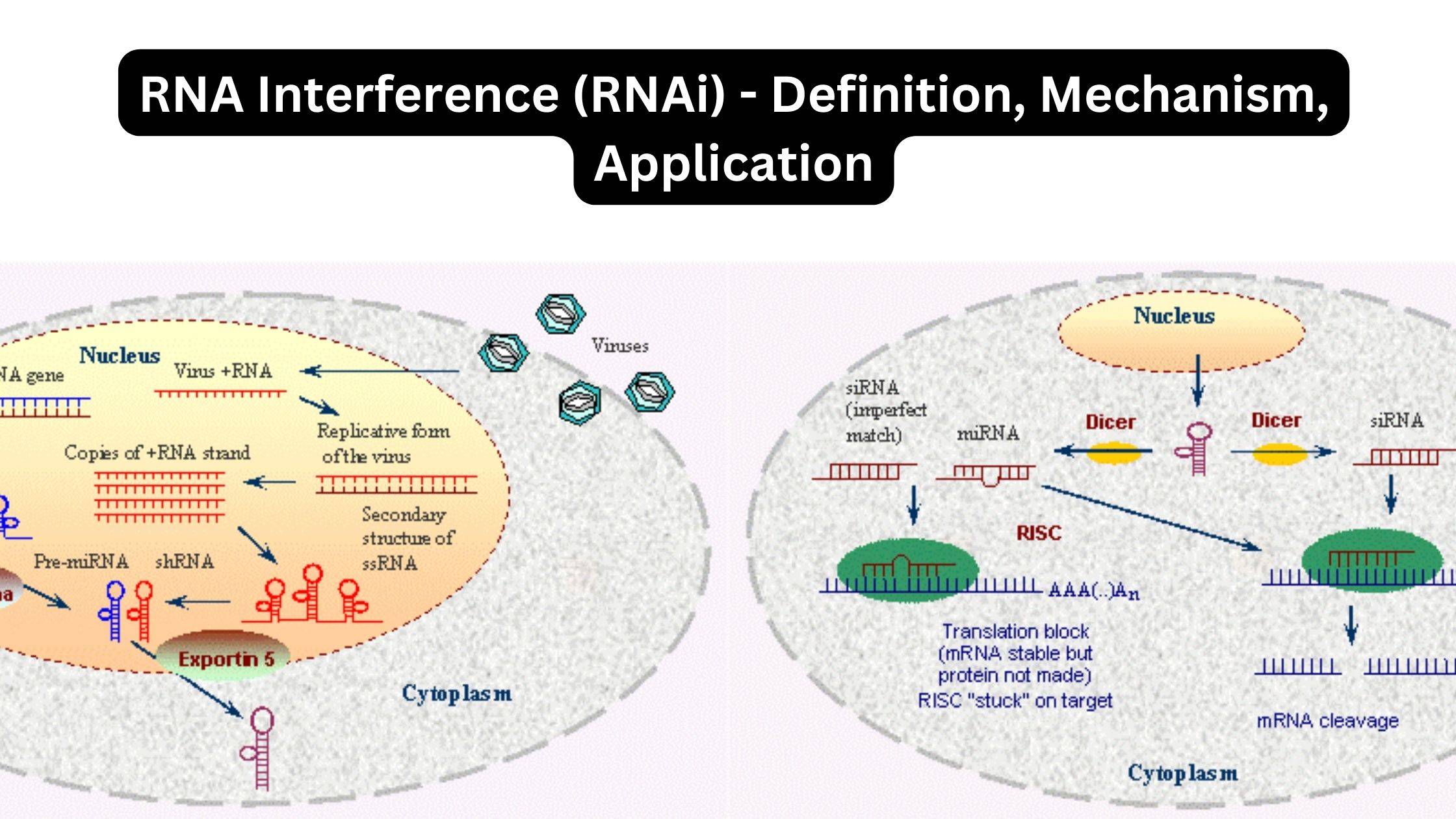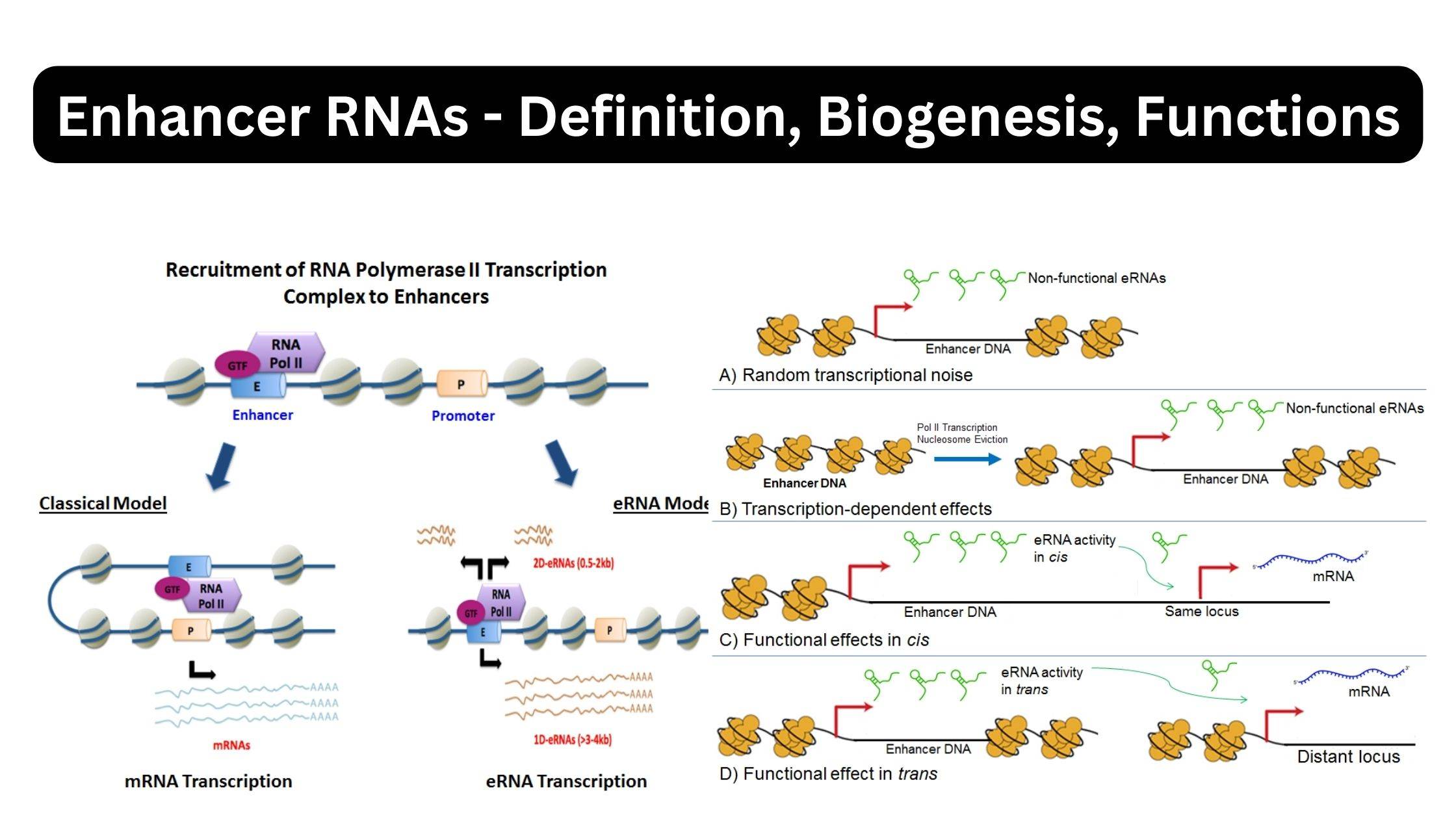Type IV or Delayed-Type Hypersensitivity (DTH)
What is Type IV or Delayed-Type Hypersensitivity (DTH)? Definition of Type IV or Delayed-Type Hypersensitivity (DTH) Advertisements Type IV or Delayed-Type Hypersensitivity (DTH) is an immune response mediated by T cells rather than antibodies, characterized by a delayed onset (usually 24-72 hours) after exposure to an antigen. It involves the interaction of CD4+ T cells, … Read more

